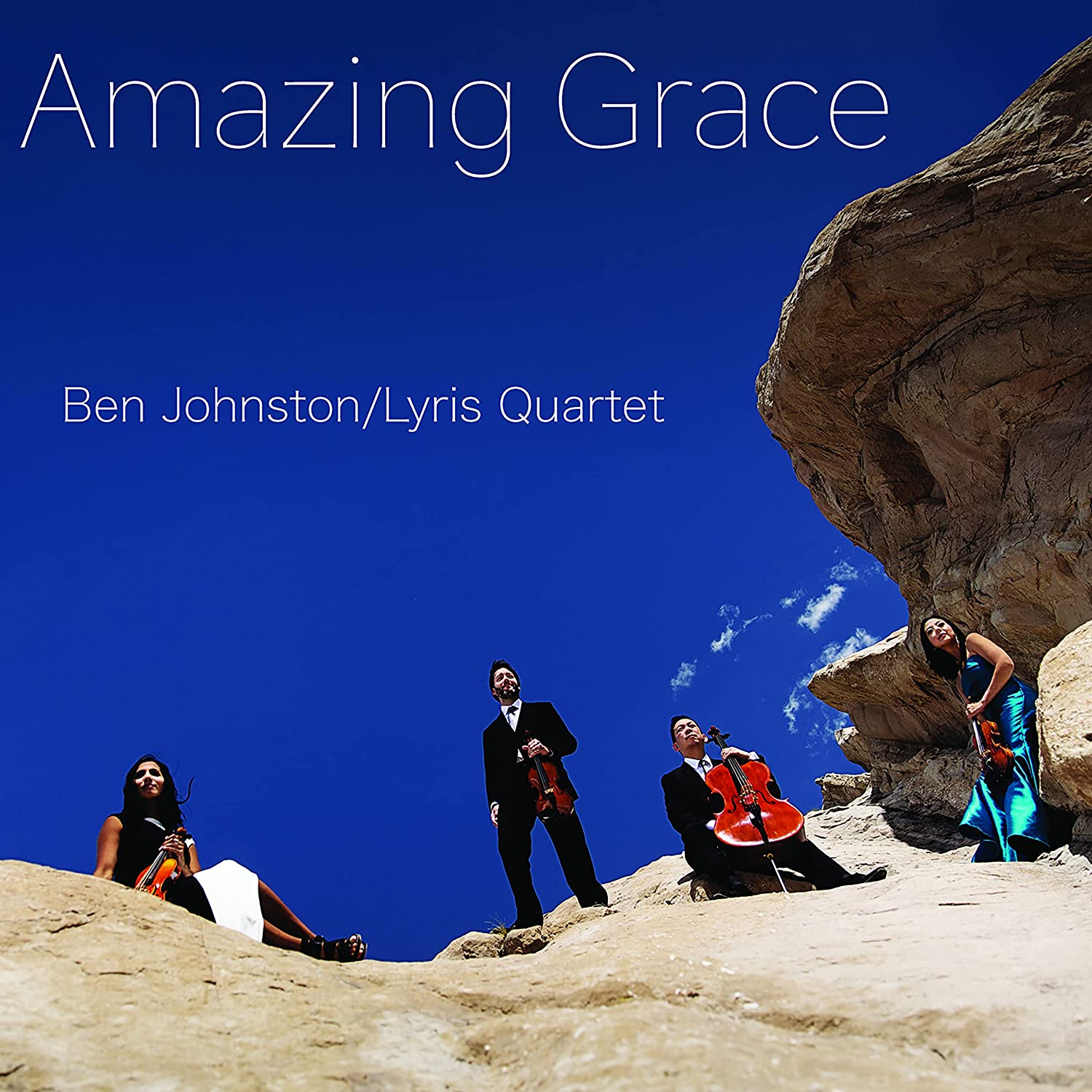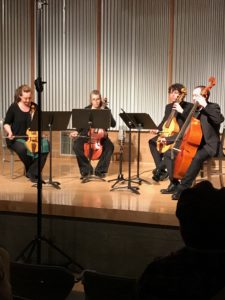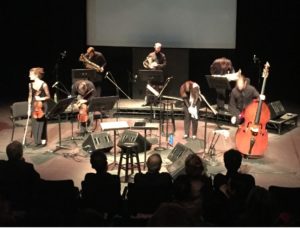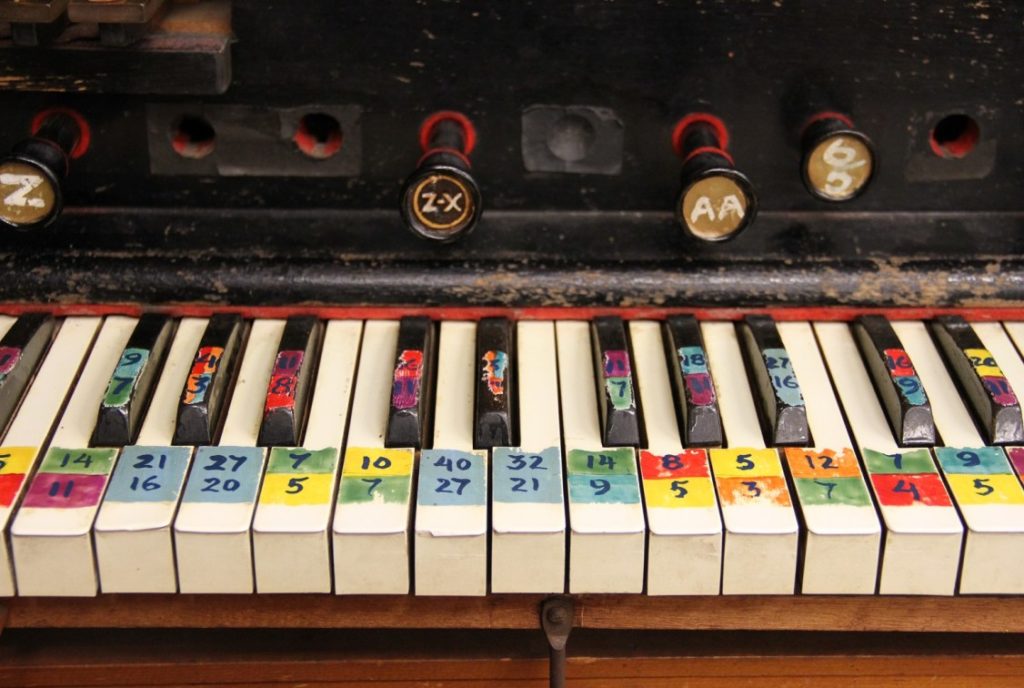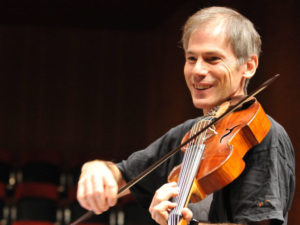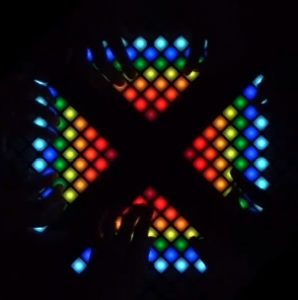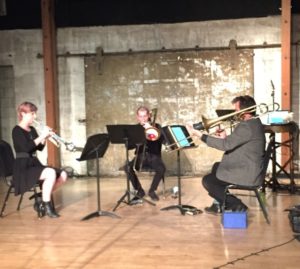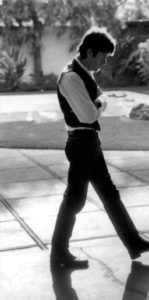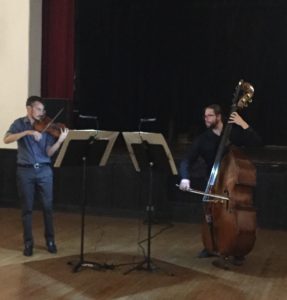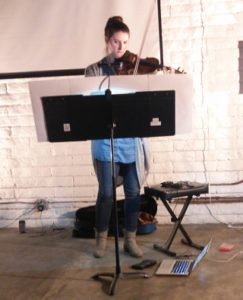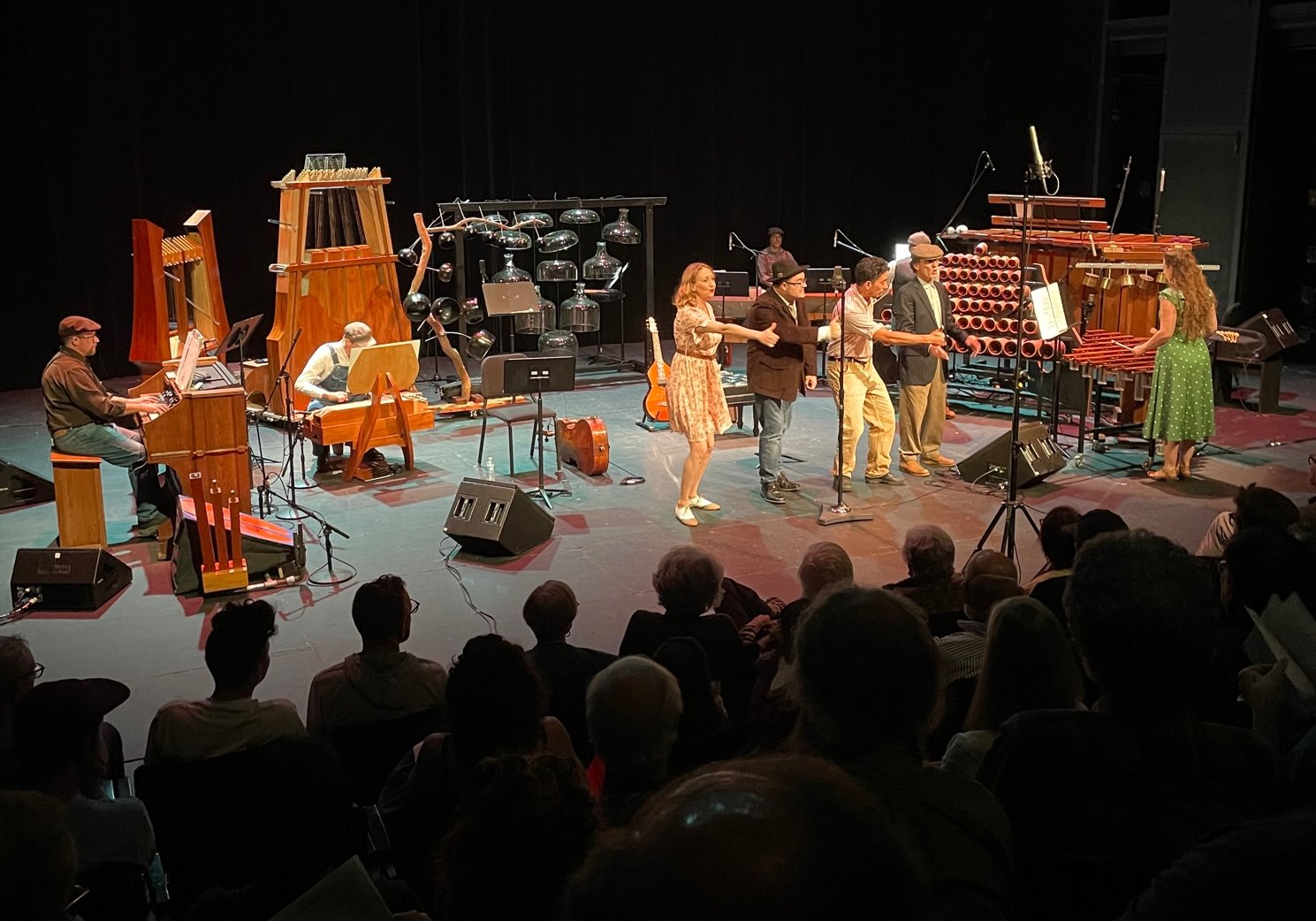
On June 16 -17, 2023, the Grammy Award-winning PARTCH Ensemble presented two performances of The Wayward, a concert of music by Harry Partch. The Roy and Edna Disney CalArts Theater – REDCAT – was completely sold out for both nights, a testament to the great popularity of Partch’s music. The stage was filled with exotic Partch instruments: the Adapted Viola, Kithera I, Bass and Diamond Marimbas, the Chromelodeon, the Castor and Pollux Canons, among others. All of the most popular Partch pieces were in the program as well as some of those lesser performed. The program notes quoted Harry Partch, who wrote that these works are “A collection of of musical compositions based on the spoken and written words of hobos and other characters – the result of my wanderings in the Western part of the United States from 1935 to 1941.” John Schneider led an ensemble of top Los Angeles musicians and Kyle Gann contributed a new original piece.
Harry Partch was born in Oakland, California in 1901 and grew up in Benson, Arizona and Albuquerque, New Mexico. He took piano lessons and was playing for silent films in theaters while still in high school. His family moved to Los Angeles in 1920 and he attended the USC School of Music for two years. Partch never completed his university training, but moved to San Francisco where he continued with self-directed study and composing. He read a translation of Hermann von Helmholtz’s Sensations of Tone, and this proved to be a turning point. Partch rejected the 12 tone equal temperament tuning of conventional Western music and began to experiment with just intonation and other systems of microtonality.
Partch supported himself with a series of odd jobs including proofreading and teaching piano. He resolved to construct new musical instruments and his first successful project was the Adapted Viola, capable of playing 29 tones to the octave. His early pieces brought recognition from other composers and in 1934 Partch received a grant from the Carnegie Corporation to travel to Europe for further research into alternate tuning at the British Museum. Despite his lack of formal education, Partch was widely read and was able to continue his tuning investigations and instrument construction projects despite the challenges of the Great Depression. The wide array of Partch instruments on the REDCAT stage are the result of his efforts.
The music in The Wayward was composed between 1941 and 1968, allowing Partch to incorporate many of his unique instruments. The pieces were mostly inspired by Partch’s experiences on the road between 1935 and 1941 and generally take the form of a musical running narrative, somewhat like an operetta. The concert opened with Cloud Chamber Music and this featured the Cloud Chamber Bowls ringing out in deep resonant tones above the voices and percussion. Kyle Gann’s Amateur California Prune Picker (2022) followed, a new piece, about which more later. Barstow, that perennial Partch favorite, was next and delighted the crowd with its portrayal of eight hitchhiker inscriptions on a desert highway railing. The performers were all in period costume and the staging, REDCAT lighting and sound systems added greatly to the production values.
San Francisco had two cast members in newsboy costumes walking the aisles of the audience, hawking copies of old 1920s newspapers. The Letter was next and is just the sort of mail you would want to receive from a long-lost friend. For all its gritty economic trauma, Partch describes the Depression with equanimity and a good dose of wit. The music is often fast-paced and rhythmic, especially in the marimbas. The playing was clear cut, and the musicians often took turns conducting to cue entrances and keep everything on track. The PARTCH Ensemble players deserve much credit for performing on the Partch period instruments. These are only accessible for practice a few weeks prior to the show, have unique layouts and are tuned to many exotic pitches. Just reading the part scores is also very demanding. The difficulties are formidable, but the playing in this concert was smooth enough that the listener’s ear soon adapts to the alternate tuning and becomes comfortably immersed the Partch sound world.
The concert program also included Amateur California Prune Picker (2022), a new piece by Kyle Gann. This was performed on a subset of the Partch instruments: Chromelodeon, Adapted Viola, Gourd Tree, Spoils of War, Bass and Diamond Marimbas and the Cloud Chamber Bowls. Gann is an experienced contemporary microtonal composer who could be considered a direct musical descendant of Harry Partch, having studied with Ben Johnston, who, in turn, helped Partch in the construction of his many instruments. Even so, the challenges of composing for original Partch instrumentation are clearly daunting and Gann confessed in the program notes to feeling like an “amateur California prune picker” – an insult often hurled by Partch himself at performers who did not meet his high standards.
While the instrument ensemble on the stage evokes some similarity to the original Partch music, there are major differences. There are no vocals in Gann’s piece – most of Partch’s pieces are lighthearted narratives of depression-era life. The Partch pieces are full of snappy rhythms and light banter and the harmonies seem almost accidental. Gann’s music is more on the cutting edge of contemporary microtonal composing, exploring the emotional power of harmony and melody, with the pitched percussion in a supporting role.
Amateur California Prune Picker begins with sustained tones and a slow tempo. The adapted viola, expressively played by Derek Stein, carries this piece forward with a solemn, introspective feeling. The Chromelodeon and Cloud Chamber add to this. By the last third of the piece the viola line dominates and is very moving. This was not accomplished without difficulty, as Kyle Gann wrote in the program notes: “…I concentrated on the microtonal relationships among the various harmonies, and had to wrestle with the fact that not all of his instruments had the same pitches.” Happily, the effort was worth it. Amateur California Prune Picker is a bridge that brings the Partch tradition up to date; contemporary efforts now are focused on building out the microtonal harmonic language so that it can best express greater emotional power.
The concert concluded with two related Partch pieces: U.S. Highball and Ulysses at the Edge of the World. U.S. Highball is an extended account of a hobo traveling on the rails between San Francisco and Chicago. All of the frustrations and dangers of long-distance travel in empty freight cars are carefully explained: Do not sleep with your head touching the front or rear walls of a box car, or the sudden jerk of a train starting up or stopping quickly could break your neck. There are rail yards that should be avoided because of heavy-handed policing, and one should know what towns have the most – or least – rail traffic so as to avoid getting stuck. How to deal with the extreme cold in an unheated boxcar as the train travels over snowy mountains. Where best to find a meal – even if you have to attend a prayer meeting. The entire route was described – from the scary descent of the train in the Eastern Sierras to the risk of getting stuck in small town Wyoming, to arriving, finally, in Chicago. It is quite a trip.
Ulysses at the Edge of the World forms a sort of coda to U.S. Highball. A hobo, having survived an extended trip by rail arrives in a big city. A trumpet and baritone sax are playing a cheerful improvisation and the hobo gathers himself to take in the conveniences of the town. Just then a policeman arrives, seemingly about to arrest him. A fitting end to the long and exasperating journey.
The PARTCH Ensemble is:
Erin Barnes
Alison Bjorkedal
Tim Feeney
Dustin Donahue
Aron Kallay
Dan Rosenboom
John Schneider
Derek Stein
Nick Terry
Brian Walsh
Alex Wand
